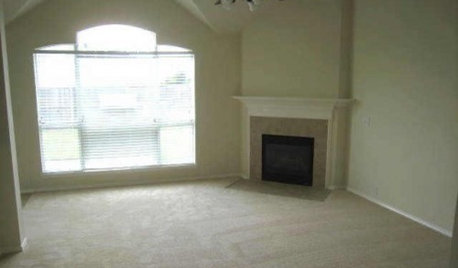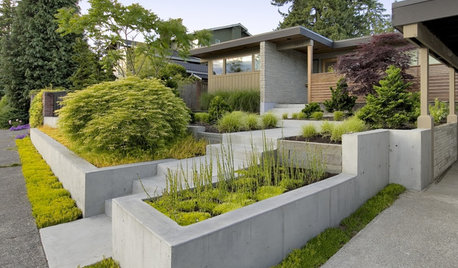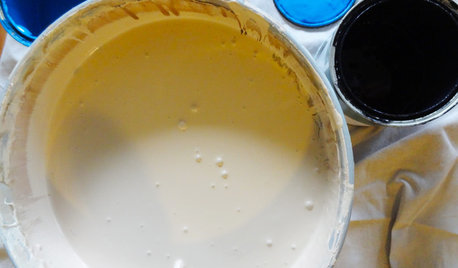A Blizzard?!! pouring walls question
eire6678
9 years ago
Related Stories


LANDSCAPE DESIGNGarden Walls: Pour On the Style With Concrete
There's no end to what you — make that your contractor — can create using this strong and low-maintenance material
Full Story
GREEN BUILDINGConsidering Concrete Floors? 3 Green-Minded Questions to Ask
Learn what’s in your concrete and about sustainability to make a healthy choice for your home and the earth
Full Story
REMODELING GUIDESConsidering a Fixer-Upper? 15 Questions to Ask First
Learn about the hidden costs and treasures of older homes to avoid budget surprises and accidentally tossing valuable features
Full Story
REMODELING GUIDES9 Hard Questions to Ask When Shopping for Stone
Learn all about stone sizes, cracks, color issues and more so problems don't chip away at your design happiness later
Full Story
MOVINGHiring a Home Inspector? Ask These 10 Questions
How to make sure the pro who performs your home inspection is properly qualified and insured, so you can protect your big investment
Full Story
FLOORSIs Radiant Heating or Cooling Right for You?
Questions to ask before you go for one of these temperature systems in your floors or walls (yes, walls)
Full Story
BATHROOM DESIGNHow to Settle on a Shower Bench
We help a Houzz user ask all the right questions for designing a stylish, practical and safe shower bench
Full Story
FLOORSWhat to Ask When Considering Heated Floors
These questions can help you decide if radiant floor heating is right for you — and what your options are
Full Story
DIY PROJECTSTint Your Own Paint for New-Looking Walls
Dabbling in mixology means you can use up leftover paint and give your walls a custom look in one fell swoop
Full StoryMore Discussions








LOTO
eire6678Original Author
Related Professionals
Carney Architects & Building Designers · Central Islip Architects & Building Designers · Cloverly Architects & Building Designers · Pedley Architects & Building Designers · Syracuse Architects & Building Designers · Shady Hills Design-Build Firms · Placentia Home Builders · Somersworth Home Builders · The Crossings General Contractors · Burlington General Contractors · Annandale General Contractors · Augusta General Contractors · Browns Mills General Contractors · Port Washington General Contractors · Winfield General Contractorsrenovator8
renovator8
galore2112
josephene_gw
millworkman
josephene_gw
millworkman
renovator8
eire6678Original Author
renovator8